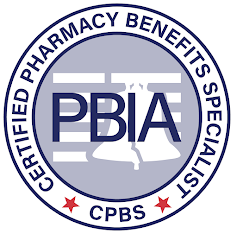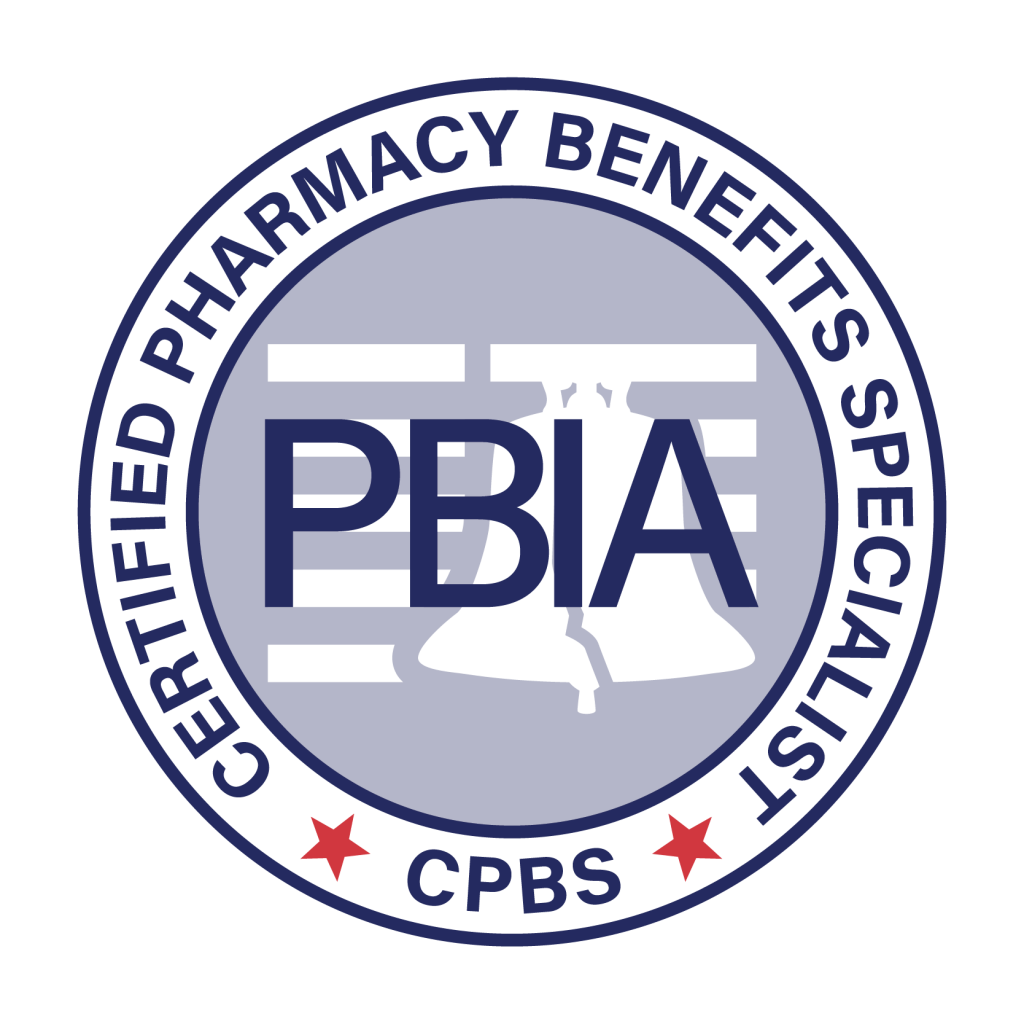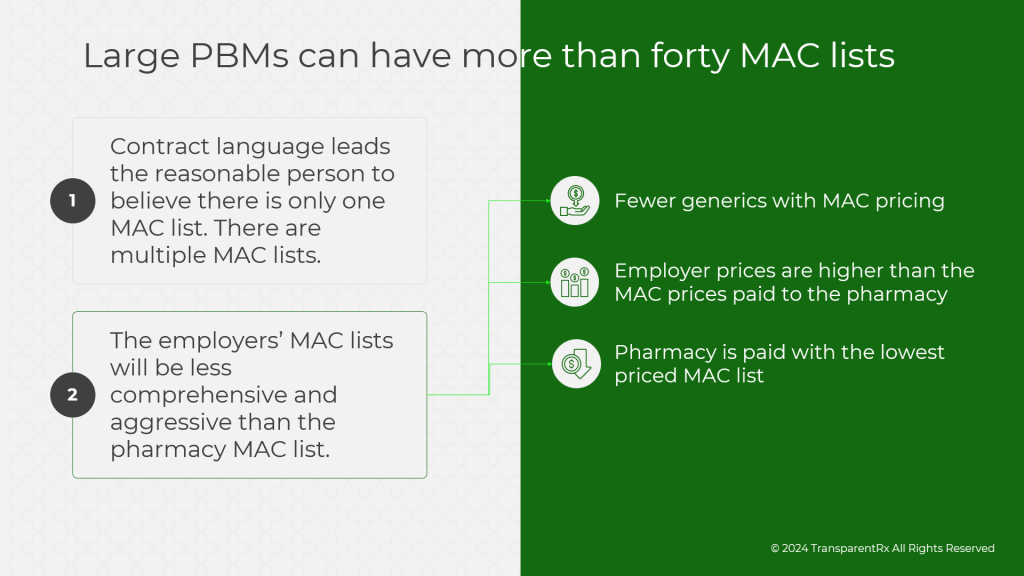Barron’s Exposé Details the Role of PBMs in Possibly Fueling the Opioid Crisis [News Roundup]
Barron’s exposé details the role of PBMs in possibly fueling the opioid crisis and other notes from around the interweb:
- Shedding Light On Payers And PBMs As Possible Drivers Of Opioid Crisis. A recent Barron’s exposé details the role of PBMs in possibly fueling the opioid crisis. PBMs are important intermediaries in the prescription drug ecosystem, wielding power over which medications patients have access to and how much they cost. What the Barron’s article doesn’t emphasize is that PBMs serve at the behest of payers, which include employers, health plans and government agencies. On behalf of payers, PBMs negotiate net prices for drugs in conjunction with determining their positioning on formularies, or lists of covered medicines.
- Copay Adjustment Programs: What Are They and What Do They Mean for Consumers? Americans spend on average more than $1,000 per person per year on prescription drugs, far surpassing prescription drug spending in other peer nations. According to a 2023 KFF poll, 3 in 10 adults taking prescription drugs report that they have not taken their medication as prescribed due to costs. In a 2023 KFF consumer survey, nearly one-quarter (23%) of insured adults reported that their health insurance did not cover a prescription drug or required a very high copay for a drug that a doctor prescribed, increasing to more than one-third (35%) of insured adults in fair or poor physical health. People who need specialty or brand-name medications to treat chronic health conditions such as diabetes, cancer, arthritis, and HIV are especially vulnerable to high costs, particularly considering rising deductibles over the years.
- Pharmacies Accuse GoodRx of ‘Inviting Price-Fixing’ in Series of Antitrust Class Actions. The plaintiff pharmacies alleged that GoodRx, a prescription discount card aggregator, and four of the largest pharmacy benefit managers (PBMs) engaged in a conspiracy to fix prices paid to pharmacies for reimbursement of prescription drug claims. “This case involves an unlawful price-fixing agreement among several PBMs—orchestrated by the PBM rate aggregator, GoodRx—to suppress the prices paid to independent pharmacies for generic drugs,” according to one complaint filed Nov. 1 in the U.S. District Court for the Central District of California by an independent pharmacy, Community Care. The complaints allege that when a pharmacy submits claims for reimbursement from a pharmacy benefit manager and the patient pays with a discount card, that PBM uses GoodRx’s pricing software to determine whether another PBM offers a lower discount card price. If they find one with a lower price, the claim is rerouted to that PBM, which minimizes the reimbursements paid to pharmacies.
- The Need for Regulation to Positively Impact Drug Formulary Decisions to Ensure Appropriate Patient Access: A Little-Discussed Topic in Pharmaceutical Policy and Pricing Debate. Most recently, PBMs have received an increasing amount of scrutiny. Two areas that have received significant attention are the PBMs’ impact on drug pricing and the lack of transparency in their business practices. One issue that has not received a great deal of attention is the misuse of the drug formulary—the foundation of the drug benefit—which consists of a list of medications covered by one’s health insurance. Although some would say that the purpose of drug formularies has remained the same over the past 30-plus years, others would disagree. Initially, drug formularies were developed by a pharmacy and therapeutics committee of a PBM, health plan, or other organization. The committee was made up primarily of clinicians and other experts who determined the safety, efficacy, and unique clinical aspects of the drug. If it met their standards, it was placed on the formulary.




